Members of the LGBTQ community in Mumbai play Holi at Juhu Beach in Mumbai at an outing organised by Gay Bombay.
All photographs copyright: Jake Naughton
All photographs copyright: Jake Naughton
Sure, 2018 was a legendary year for the LGBTQAI community, and generally the society at large, thanks to the reading down of Section 377 and the decriminalisation of gay sex. Love is love, after all. And still, just yesterday, we had India’s army chief General Bipin Rawat, say: “We will not allow these (gay sex and adultery) to perpetrate into the army.” The struggle to maintain the momentum post the reading down of the law, and the issues that continue to face the community, means a lot to work remains to be done.In this atmosphere comes an immersive exhibition in the capital city—Both Sides of the Veil: Living and Loving in Queer India—that shines a light on members from the queer community, their stories, experiences and ideas. “We’ve put extensive thought into the inclusivity and representation of all members of the LGBTQ+ community as well as making sure that the installation itself has the opportunity to be observed as a public experience in India,” say photographer Jake Naughton, and Aarti Singh who runs creative incubator Suno Labs, who've come together for this show. Explicitly designed to provoke feelings of destabilisation, as well as empathy for those from India’s LGBTQ+ community, who, for years, have been denied the ability to love who they want, the exhibition sees portraits, quotes, audio from interviews the duo did with each person, and video portraits that immerse you into the lives and longings of those from the community. We chat with the duo to know more.VICE: What led you to start this project?
Jake Naughton: I am primarily a photojournalist, and I work on LGBTQ stories all over the world (I'm gay myself, and also have been working on a long-term project about my own relationship). In a previous project, This is How the Heart Beats, I spent years documenting the LGBTQ+ community in East Africa. It was conceived of as reportage, and I made the pictures in order to expose and provide a record of a grave crisis taking place. But at the end of the project, I found that the pictures, though moving and aesthetically strong, didn’t do much other than to confirm people’s ideas about queerness in Africa, namely that life is very hard.Certainly, the pictures told a story worth telling. And the work of a journalist is not always to create meaningful change. But it has always been my ambition to make work that challenges the viewer to explore greater nuance and dive deeper into the complexities of the world around us. I want to create work which leaves the viewer with questions and a sense of provocation, rather than simply confirms the narratives they suspected all along.So as we conceived this project, it was important to imagine a way to tell this story in a form that revelled in its complexity rather than shied away from it. Though India is unique in its reality as a country that has decriminalised and then re-criminalised homosexuality, the phenomenon of a country taking an unexpected step backwards—of social progress doing a 180-degree—that is an idea with which, unfortunately, we are all too familiar. Look no further than Brexit, Trump or the populist paroxysms shaking Western Europe.Aarti Singh: While I’m not a member of the LGBTQ+ community, my drive for this project is rooted in my passion for my home—India. I grew up in Bihar, a rural state in northern India. For me, there are critical components to consider in the way that we gather content for storytelling of this nature, components which are often ignored by the media.First, it’s important to discuss diversity of representation: geographic, socioeconomic, age, and also of stories within a specific place. Too often the only story coming out of India on LGBTQ+ issues focuses entirely on the hijra community, themselves only a small segment of the trans community in India. So for this project, we worked hard to be as inclusive as possible, specifically seeking out a diversity of ages, strong inclusion of women, alternative transgender stories and geographic range.Second, and even more importantly, as an Indian American living in the United States, I’ve been constantly frustrated with the number of segments, articles, shows etc., that I have seen about issues/topics from South Asia that have never seen the light of day in the community of their origin. As journalists/story collectors, we travel far and wide to gather content, and yet somehow, we never seem to take these stories back to where they came from. So as we conceptualised this project, it was crucial to us to make sure this project was installed in India.I understand that showcasing these stories—such as ones covering social issues like gender equality (or lack of), human trafficking, open defecation, or corruption, etc. have a specific aesthetic to them that sells. Too often however, we are ignoring one of the most important purposes of storytelling—to create conversation and provoke an exchange of ideas. We limit these conversations to the intellectual and privileged populations that have access to internet, newspaper/magazine subscriptions, and museums etc.Third, again as an Indian American, I am hoping to address the negative light in which I’m used to seeing such stories delivered. Part of the purpose of the artistic direction of this project was to share this story creatively and beautifully so as to imbue a sense of intrigue and vitality that draws the viewer in.What were the most evocative moments or stories that have stayed with you?
Naughton: The most incredible part of this project is just seeing the ways people are vibrant, creative, joyous and more despite profound challenges. We photographed one person, Roshni, whose quote is just so depressing, and whose life is rife with discrimination and abuse, but whose energy and strength just blasts out of the frame. It was so exciting to be able capture that power and bravery, that empowering side of their life and experiences, rather than to focus on the hardships. Those are an important part of each person's story, of course, but we think both aspects need to be showcased.How did your subjects feel being photographed and speaking about themselves?
Naughton: We made sure to only include people who wanted to be a part of this project, and we gave them the option to be included in whatever way they felt comfortable, whether with their faces shown or hidden, names changed, etc. In general, people were thrilled to be a part of the project. I think, as a subject, having that agency is key, because it makes the process more equitable. We also showed everyone the images as we were making them, and made sure to check in regularly after the fact to make sure that people were still comfortable having their images be published. As responsible storytellers, promoting the wellbeing and dignity of one's subjects is at the centre of what we do.We also heard often from people we were meeting, photographing, interviewing, how rewarding and exciting it was to be able to share some of their experiences. Satya, one subject from Bihar, couldn't stop talking about how much lighter he felt after sharing his story, and how nice it was just to be heard. That was an amazing feeling, to be able to give that gift to someone.Do you have a perspective on the Indian queer community in context to a global or pan-Asian one?
Naughton: It's hard to draw comparisons within such a hugely varied set of laws, cultures, experiences, etc. that define one country (or city, or neighbourhood for that matter), let alone a region or globally. India has the unique distinction of being the world's only place, to our knowledge, that has decriminalised, re-criminalised and then decriminalised homosexuality, so the issues here are a bit different. That said, the same struggles for dignity, respect, freedom from oppression, violence and harassment, freedom to love who you want, are, unfortunately, universal to the LGBTQ experience around the world. While we know art can't solve all problems, we hope this work, and this show, can go a little way in changing the hearts and minds of the people who see it, and remind them that LGBTQ people are people with the same wants as needs as everyone else, and that they deserve them just as much.Check out works from the exhibition below: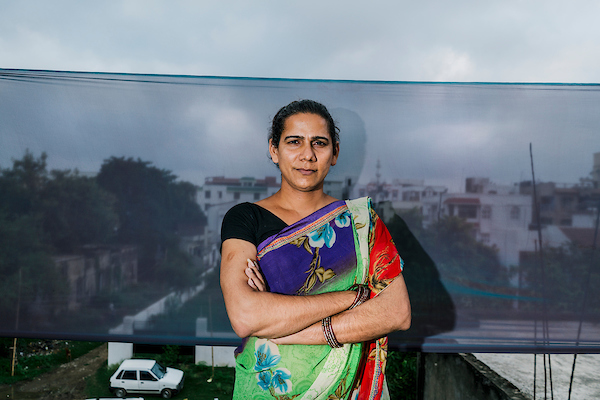
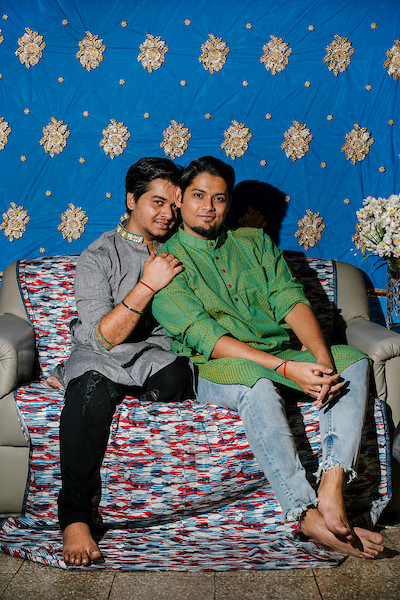
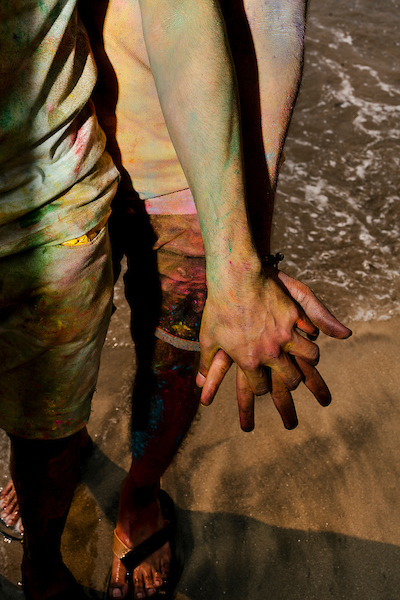
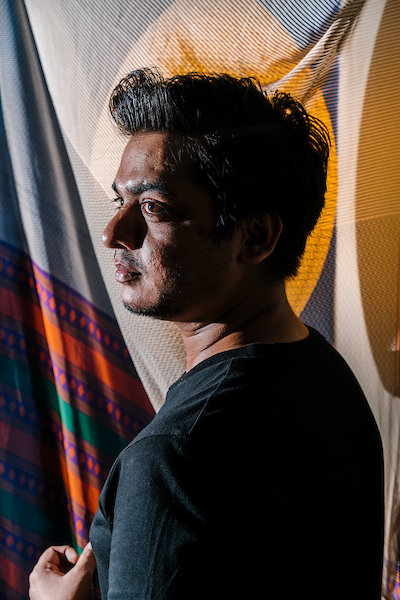
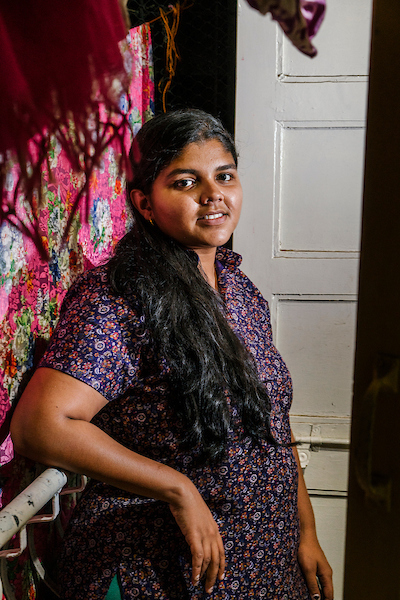
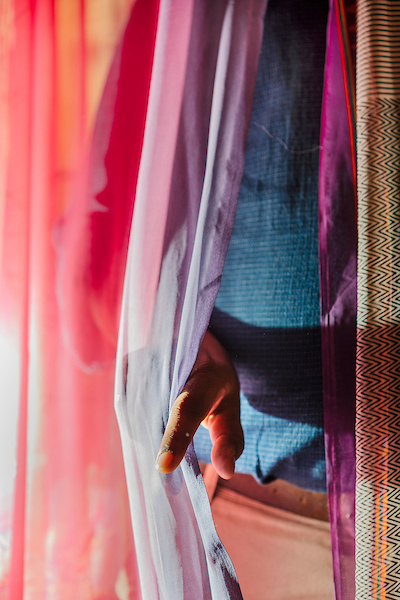
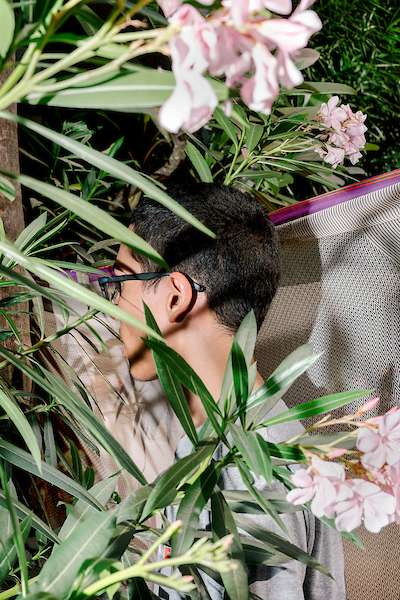
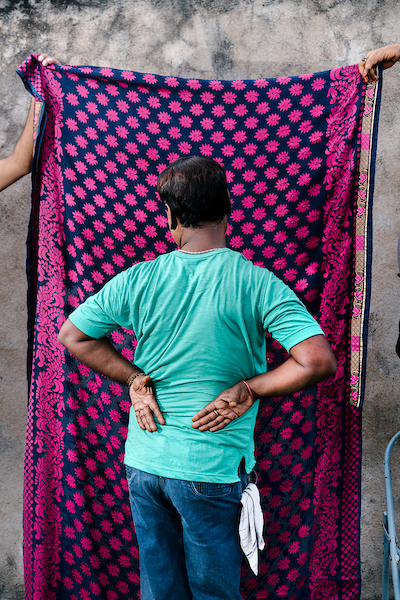
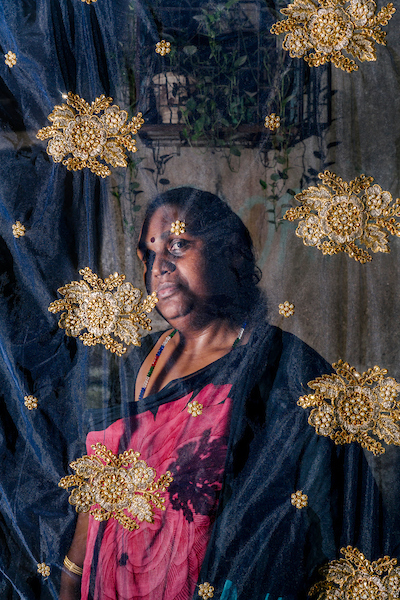 The exhibition is on till January 31, at India Habitat Centre, New Delhi.
The exhibition is on till January 31, at India Habitat Centre, New Delhi.
Advertisement
Jake Naughton: I am primarily a photojournalist, and I work on LGBTQ stories all over the world (I'm gay myself, and also have been working on a long-term project about my own relationship). In a previous project, This is How the Heart Beats, I spent years documenting the LGBTQ+ community in East Africa. It was conceived of as reportage, and I made the pictures in order to expose and provide a record of a grave crisis taking place. But at the end of the project, I found that the pictures, though moving and aesthetically strong, didn’t do much other than to confirm people’s ideas about queerness in Africa, namely that life is very hard.
Advertisement
Advertisement
Naughton: The most incredible part of this project is just seeing the ways people are vibrant, creative, joyous and more despite profound challenges. We photographed one person, Roshni, whose quote is just so depressing, and whose life is rife with discrimination and abuse, but whose energy and strength just blasts out of the frame. It was so exciting to be able capture that power and bravery, that empowering side of their life and experiences, rather than to focus on the hardships. Those are an important part of each person's story, of course, but we think both aspects need to be showcased.
Advertisement
Naughton: We made sure to only include people who wanted to be a part of this project, and we gave them the option to be included in whatever way they felt comfortable, whether with their faces shown or hidden, names changed, etc. In general, people were thrilled to be a part of the project. I think, as a subject, having that agency is key, because it makes the process more equitable. We also showed everyone the images as we were making them, and made sure to check in regularly after the fact to make sure that people were still comfortable having their images be published. As responsible storytellers, promoting the wellbeing and dignity of one's subjects is at the centre of what we do.We also heard often from people we were meeting, photographing, interviewing, how rewarding and exciting it was to be able to share some of their experiences. Satya, one subject from Bihar, couldn't stop talking about how much lighter he felt after sharing his story, and how nice it was just to be heard. That was an amazing feeling, to be able to give that gift to someone.Do you have a perspective on the Indian queer community in context to a global or pan-Asian one?
Naughton: It's hard to draw comparisons within such a hugely varied set of laws, cultures, experiences, etc. that define one country (or city, or neighbourhood for that matter), let alone a region or globally. India has the unique distinction of being the world's only place, to our knowledge, that has decriminalised, re-criminalised and then decriminalised homosexuality, so the issues here are a bit different. That said, the same struggles for dignity, respect, freedom from oppression, violence and harassment, freedom to love who you want, are, unfortunately, universal to the LGBTQ experience around the world. While we know art can't solve all problems, we hope this work, and this show, can go a little way in changing the hearts and minds of the people who see it, and remind them that LGBTQ people are people with the same wants as needs as everyone else, and that they deserve them just as much.
Advertisement








